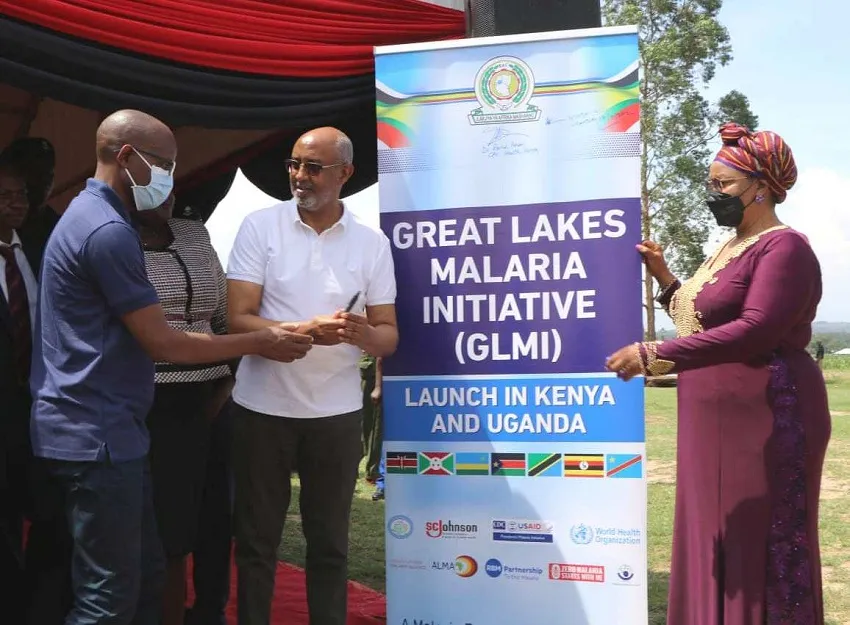Pumwani Hospital Incident, a Wakeup Call for Counties on Managing Health Facilities
Wednesday, 24 October, 2018

The recent discovery of 12 dead babies stuffed in polythene bags at Pumwani Hospital is a wakeup call for County Governments to rethink the management of their public health facilities.
Despite devolving the health system, the stark reality is that primary care system in Kenya is not efficient and not able to serve the needs of the population.
The devolved system was supposed to bring more ownership and decision power to the local level. However, the devolution has brought about budget cuts and the fact that public administrators now have the responsibility to manage their public hospitals in a business-oriented way has led to quite some challenges.
The system is often challenged by a lack of sustainable funding, poorly-equipped facilities, erratic supply chains, and shortages of healthcare professionals.
County governments increased allocations to health in 2016/2017 to 25.2% of the total county budgets, up from the previous year’s 23.4%. While this indicates an increased commitment to health, the allocation is still below pre-devolution periods (Ministry of Health, 2016).
Pumwani like many other public health facilities, suffer from insufficient medical facilities and not enough skilled health workers. There is one physician in Kenya for 22,800 inhabitants – in the Netherlands they have one physician for 317 inhabitants. People also need to bridge long distances before they reach a health facility.
Exacerbating the situation is the quality of these facilities which are often in a deplorable state. Quality health care can be defined in many ways but there is growing acknowledgment that quality health services should be: safe, effective, people-centred and timely.
Many counties are increasingly recognizing the importance of delivering safe, quality and people-centred health services. However, a key challenge is how to translate plans and policies into practical actions.
The Universal Health Coverage (UHC) goal of leaving no-one behind requires health services to be accessible and are delivered in a way that is responsive and inclusive, engaging all population groups, especially the most vulnerable and hard-to- reach.
In Pumwani hospital and other public health facilities, the way forward is to bring about a culture change among these institutions and providers to enable respectful and compassionate service delivery that engage and empower patients, families and communities. The committee looking into the Pumwani issue should take cognisance of the issues I have raised as it is most likely link to health system gaps facing the county. And it is important that the Kenya Medical and Dentist Board be looped in to look into whether there was medical negligence.
Devolution provides an opportunity to transform longstanding inequities including ensuring that geographical and socioeconomic inequities in health can be identified up to village-level, needs prioritised, and resources allocated equitably to increase coverage and service delivery for underserved areas and populations in the Counties.
Counties should address Working conditions for health workers by focusing on sustainable funding, equipping the hospitals with modern facilities, addressing erratic supply chains, and a crippling shortage of health care workers.
Counties should also explore the option of getting Contract specialists rather than hiring doctors on a full-time basis There is economic sense in getting specialists who get paid for work done as opposed to a monthly salary.
Nairobi and other counties can borrow a leaf from Makueni County which is exploring the concept of outsourcing of the primary care clinics by involving the private sector under the Public Private Partnerships (PPP) model.
Amref has partnered with the Makueni County Government in capacity building and health worker training, while Philips has offered to support in medical equipment and health system infrastructure, leaving Makueni County Government to handle policy, regulation, and quality management.
This unique model will bring together executive leadership from government, development partners, private sector organizations and civil society to investigate opportunities for accelerating universal access to primary healthcare services in Kenya.
Special focus will be given to addressing gaps in human resources, healthcare financing, essential medicines, medical supplies, health information, and the use of technology.
With this understanding, through active participation in the joint county and stakeholders’ forums, we will broker integration of private sector value into the development of county health strategies Increase revenue generation at public health facilities through improved facility management to facilitate cross-subsidisation of health services.
Counties need to seek assistance to ensure that their health departments have the skills and knowledge to plan and budget for robust county health systems and that county assemblies and other stakeholders can provide adequate resources.








Comments